Blog
GUEST BLOG: Schools Can Be Our Nation's Largest Food Waste Champions
April 18, 2024
April 18, 2024
ReFED has reported that over 33% of the food supply in the U.S. is wasted. If we’re going to tackle this huge problem, we need a huge leverage point. Look no further.
It might surprise you to hear this, but schools are the largest restaurant chain in America by location.
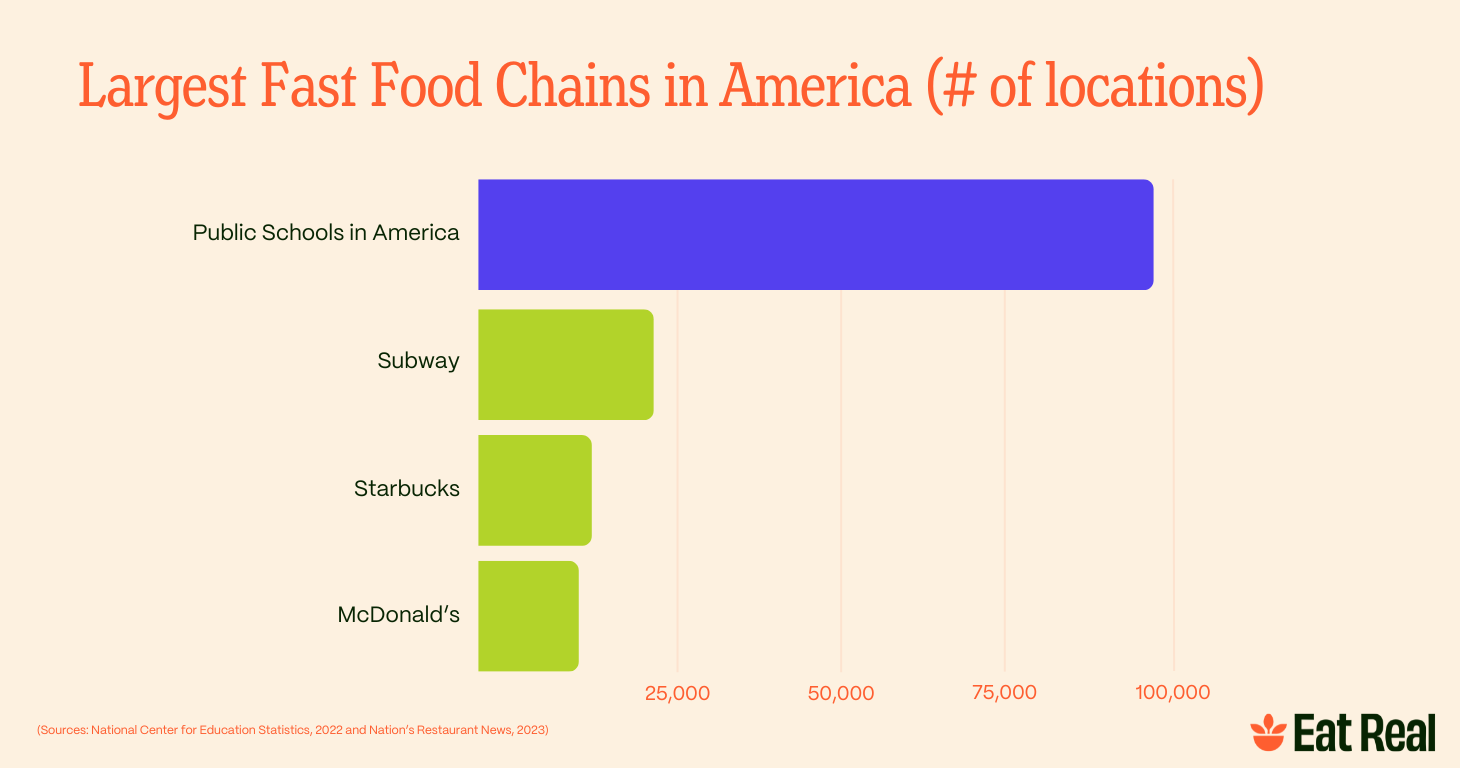
And if schools are the largest restaurant chain, it means they can be one of the biggest champions of food waste reduction.
Imagine if kids learned the power of reducing food waste early on?
The good news is, it’s already starting to happen. Many schools are taking bold and creative steps to prevent and reduce food waste. The nonprofit organization Eat Real runs an award-winning K-12 certification program that supports schools across the country to make key changes in reducing food waste while making their meals delicious, nutritious, and more sustainable.
“Eat Real takes one of the most comprehensive approaches to helping schools implement food waste reduction in communities across the country,” says Dana Gunders, Executive Director of ReFED. "They also champion better policies while raising awareness—which all together accelerate systems change.”
School food heroes are tackling this on a daily basis. Across the country, Eat Real nourishes the future by helping these heroes make key changes happen—school district by school district and at the state and national policy levels, too.
Here are nine key ways Eat Real helps schools fight food waste. Try them at your school and at home, too!
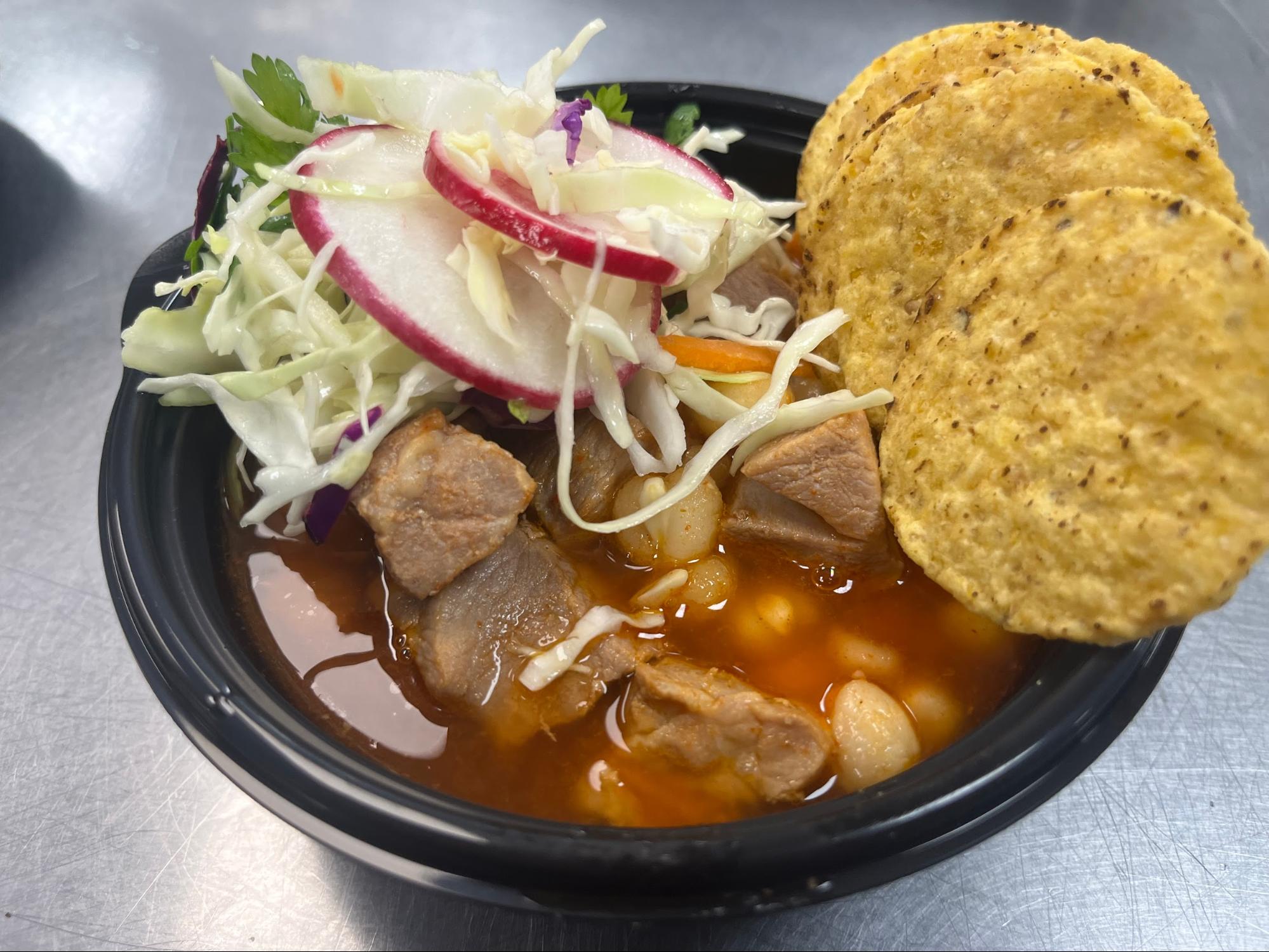
Red pozole made with sustainably sourced pork from Cream Co. Meats is a fan favorite among the students at North Monterey County Unified School District in California. It looks tasty, is tasty, and for North Monterey’s large LatinX population, it’s recognizably delicious because pozole is often served at home.
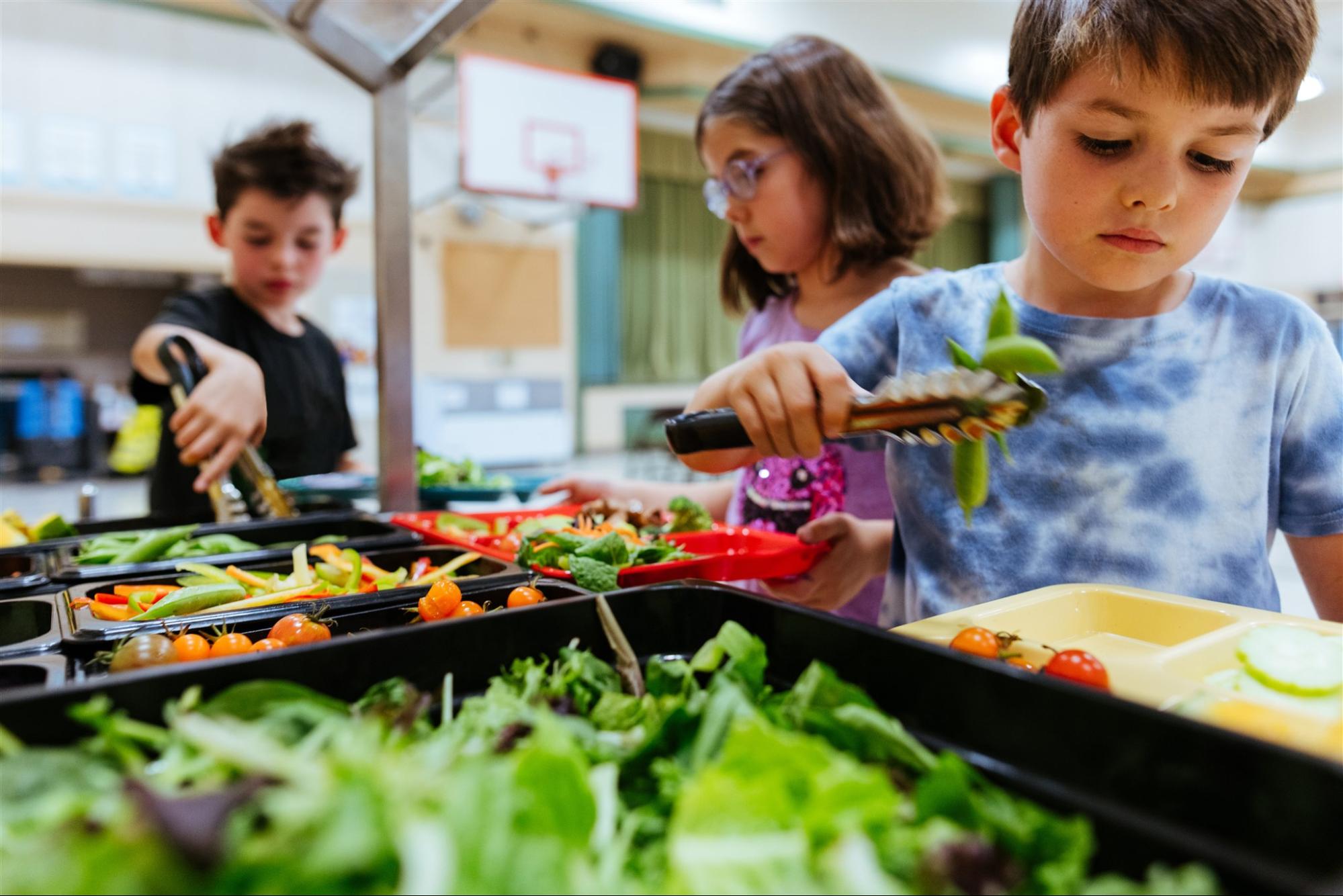
This vibrant salad bar—shared by Vince Caguin, Foodservice Director at Natomas Unified School District in California—offers students an array of fresh and seasonal produce to choose from. Salad bars like this one give students an opportunity to choose what they want to eat, in turn creating less waste.
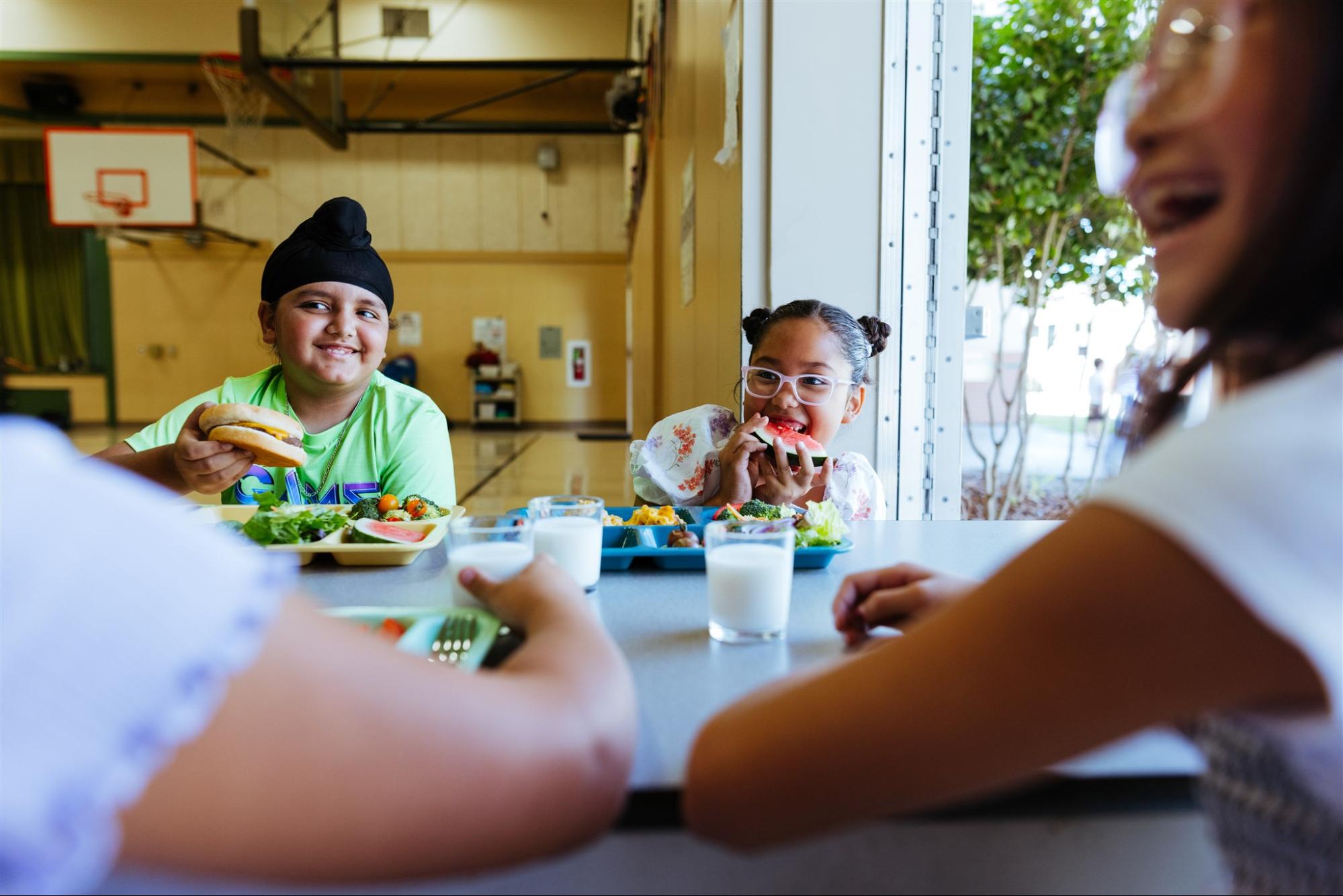
Often students have less than 20 minutes to eat. Giving kids adequate meal time means they’ll be able to enjoy their food and have to throw less of it away. California’s SB348, a bill influenced by Eat Real standards, calls for more adequate meal time for students statewide.
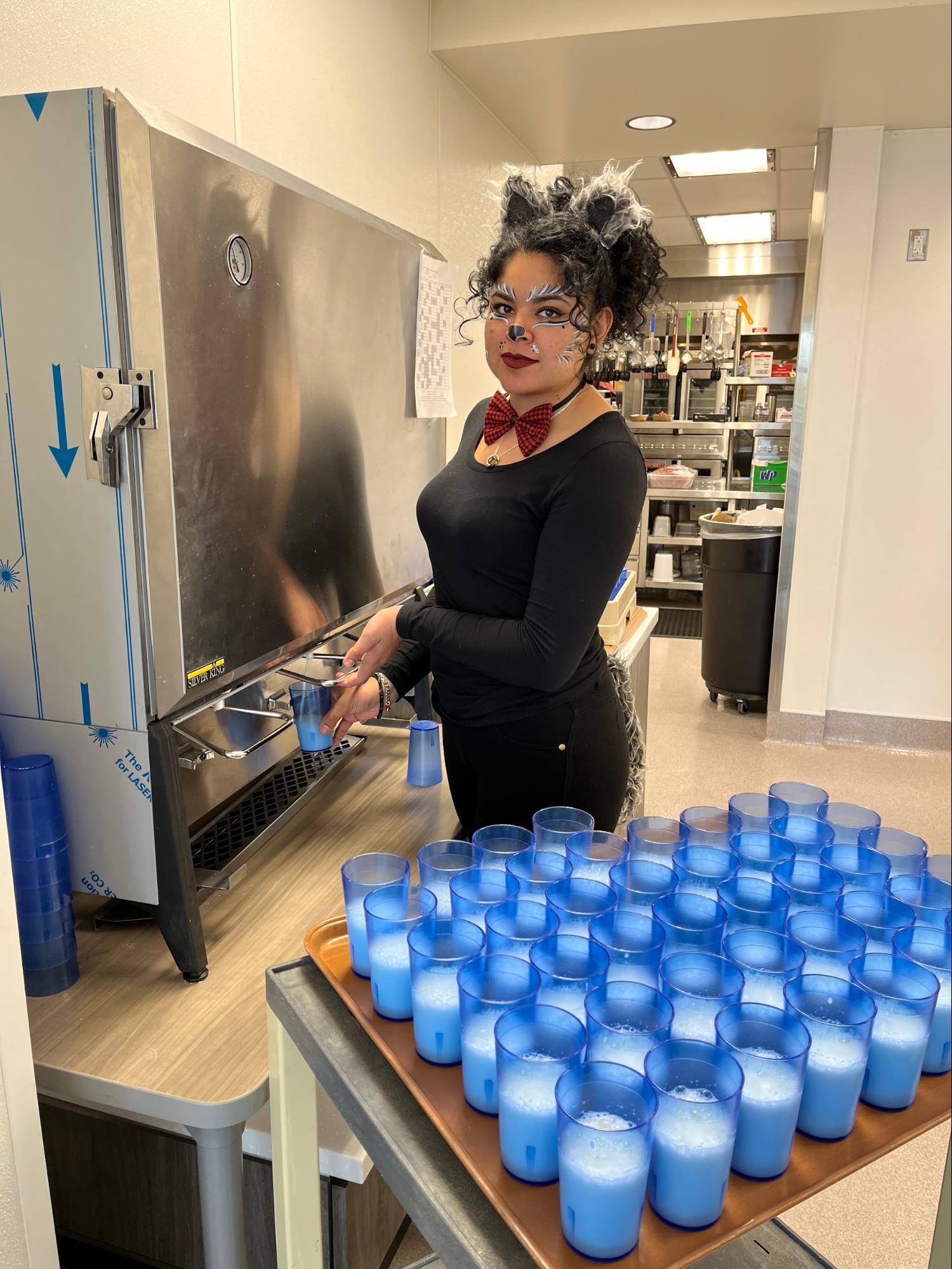
MOOve over single serve! Some participating Eat Real districts have reported cutting their milk waste in half by swapping lesser quality individual serving cartons with self-serve bulk (even organic) milk. California's Tahoe-Truckee Unified Food Service team member Olga Lomeli Lopez models how to dispense bulk milk into reusable cups on Halloween. And there’s data from World Wildlife Fund (WWF) to support this approach as a scalable solution.
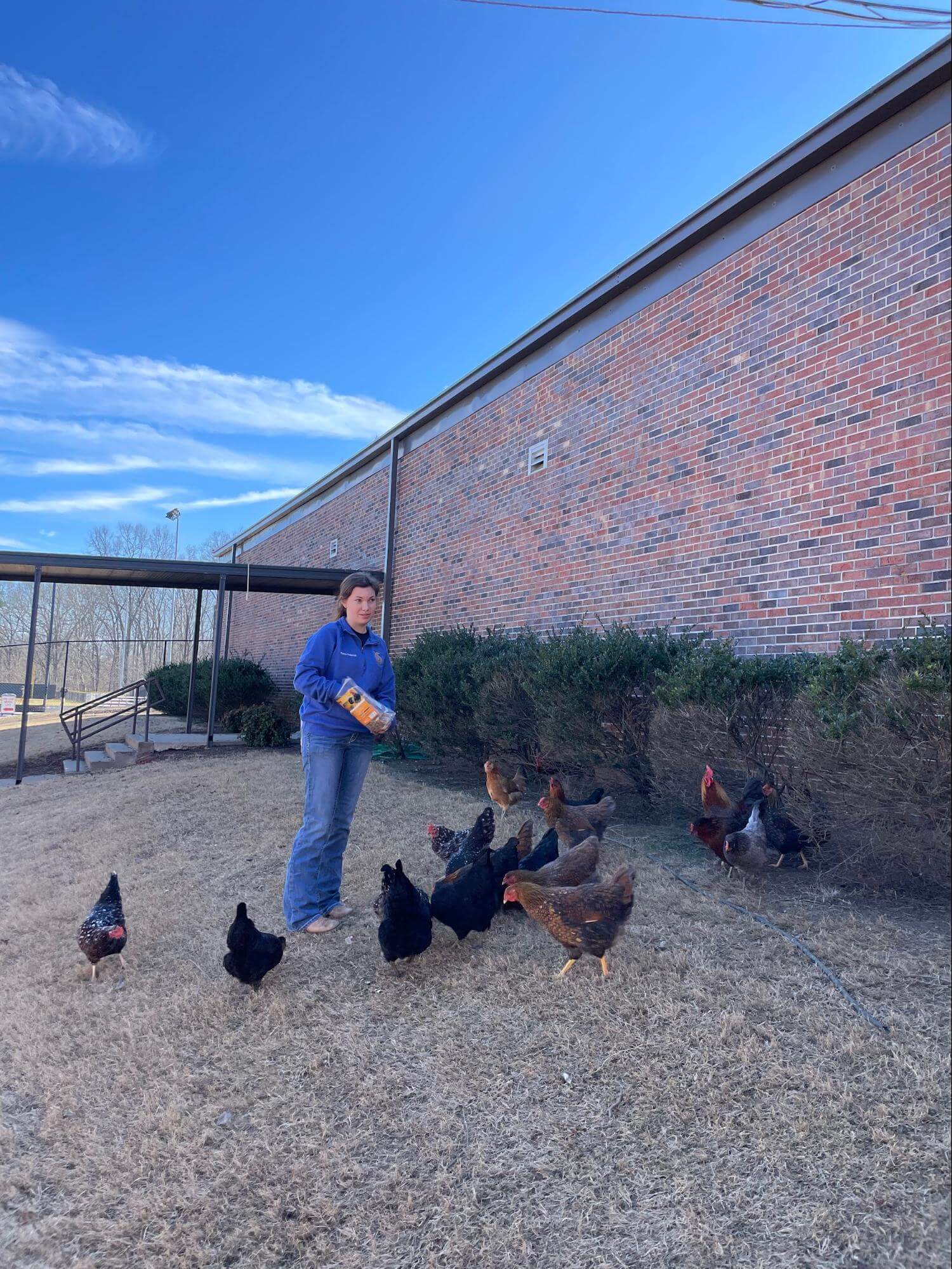
At Trenton Special School District in Tennessee, Peabody High School’s National FFA program and Food and Nutrition Service (FNS) department are working together to build a process where kitchen food scraps will be fed to the school’s chickens.
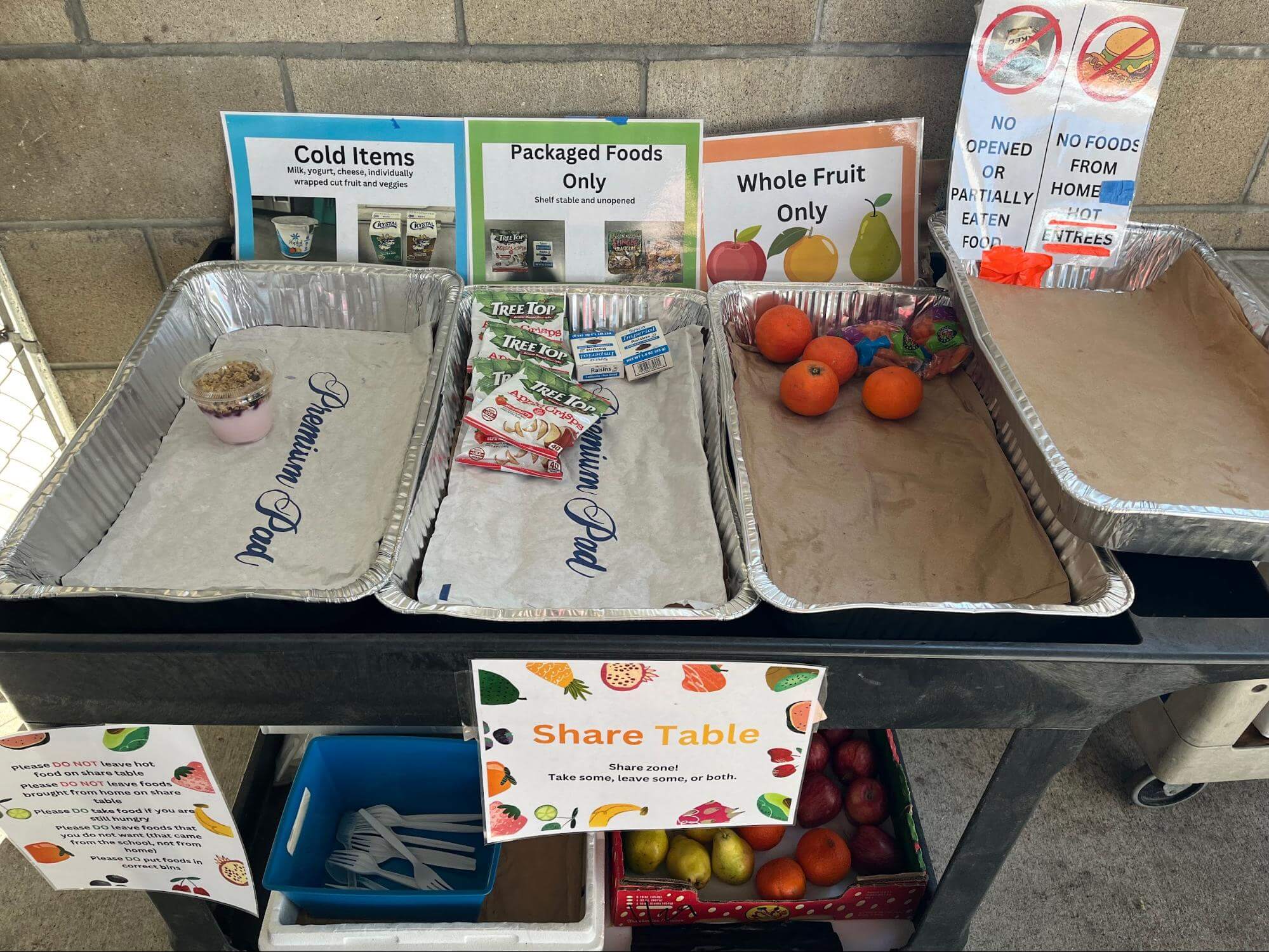
Share tables, like this one at an elementary school in San Luis Coastal Unified in California—a Silver-certified Eat Real district—give students a place to leave unconsumed food or beverage items for others to take, so they don’t get thrown out.

Implementing recess before lunch works wonders for kids and food waste. First, they’re not in a rush to finish their food, so they can get to recess. And because they get a chance to play before they eat, they work up a better appetite—making them more likely to finish their meals, receive more nutrition, and waste less food.
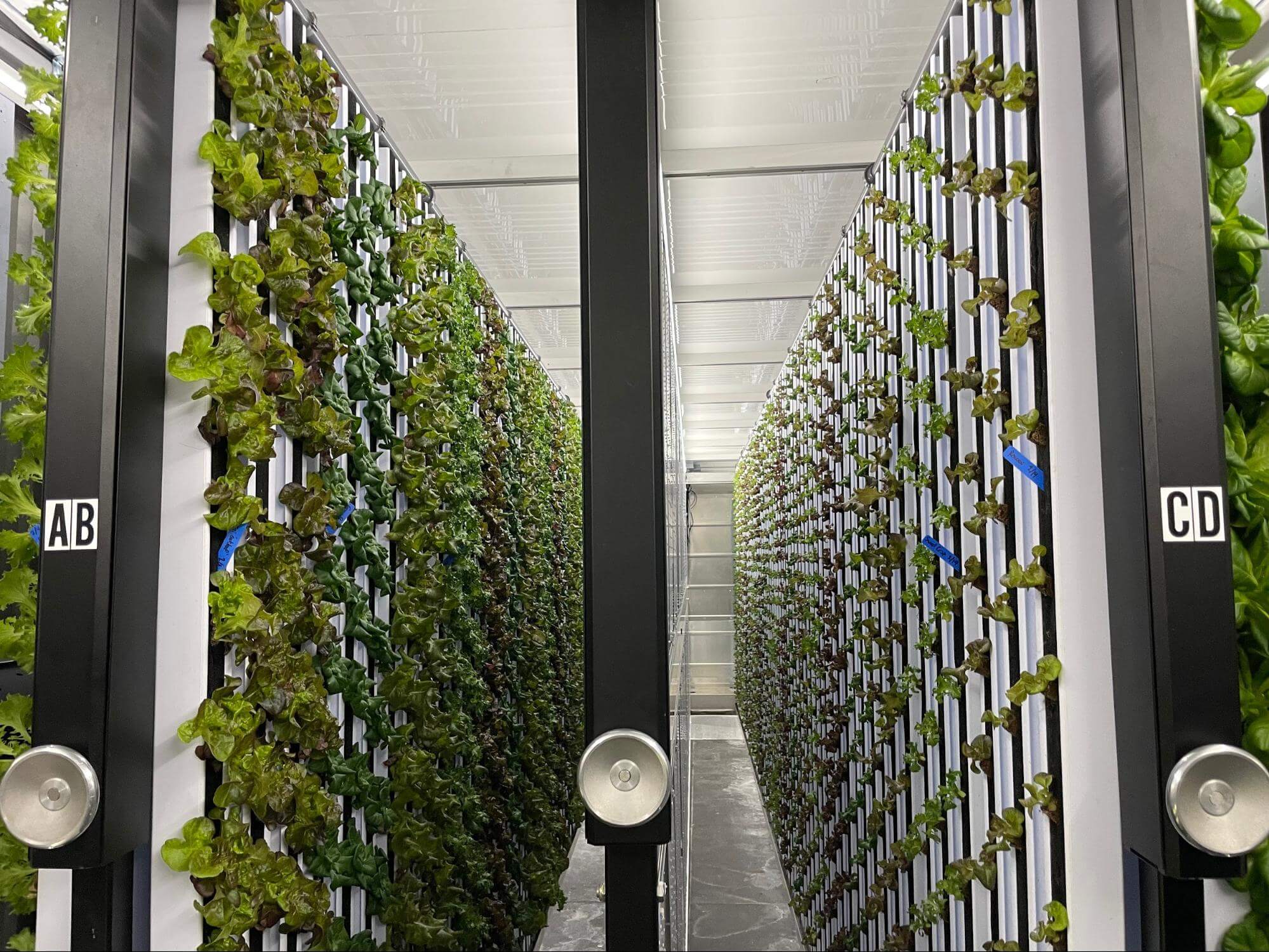
Direct sourcing, accurate forecasting, and even pre-harvest purchase orders ensure schools are buying the exact quantities and variety that they need. For example, in California, the Morgan Hill Unified School District’s School Nutrition Department's FarmTECH program boasts two Freight Farm container farms that grow 100% of their lettuce. Now they can grow 4,000 heads of lettuce with five gallons of water per day (half the output of a typical American shower), reducing food miles to near-zero, and allowing them to harvest living lettuce heads that are delivered to school sites, where they can be cut and served as needed daily.
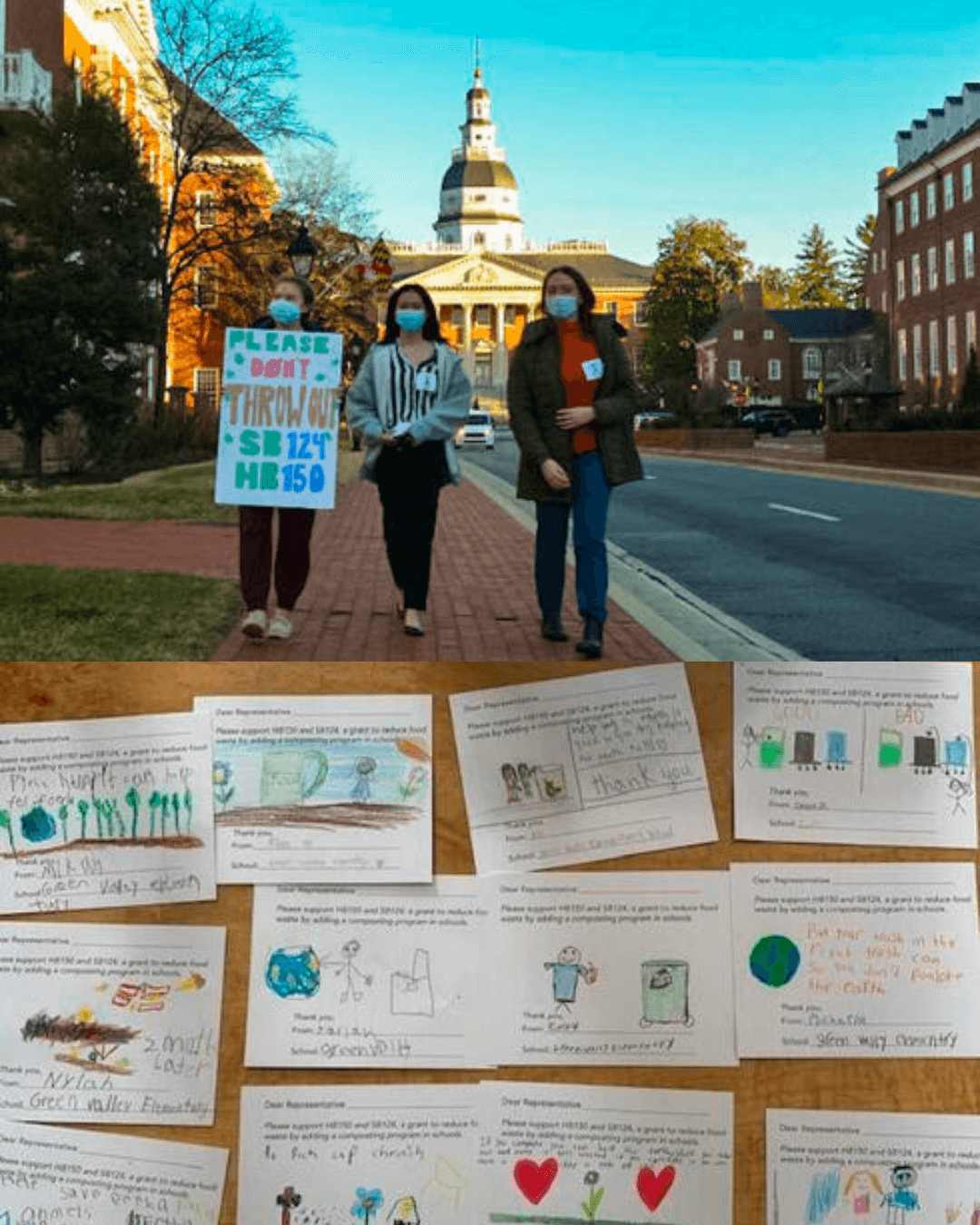
This year, WWF and Eat Real are looking to join forces and put their programs side by side to help reduce food waste and turn cafeterias into classrooms across the country. Here is a photo of students from WWF's partner schools in Maryland who helped reduce their school food waste and personally advocated at the Maryland State House to pass a new bill to fund other schools to follow suit.
To learn more about food waste in schools, visit https://eatreal.org/
The views and opinions expressed in this guest blog are those of the author and do not necessarily reflect those of ReFED.
ReFED is a national nonprofit working to end food loss and waste across the food system by advancing data-driven solutions to the problem. ReFED leverages data and insights to highlight supply chain inefficiencies and economic opportunities; mobilizes and connects people to take targeted action; and catalyzes capital to spur innovation and scale high-impact initiatives. ReFED’s goal is a sustainable, resilient, and inclusive food system that optimizes environmental resources, minimizes climate impacts, and makes the best use of the food we grow.
Find more news and updates from the ReFED blog, including our press articles and newsletters.